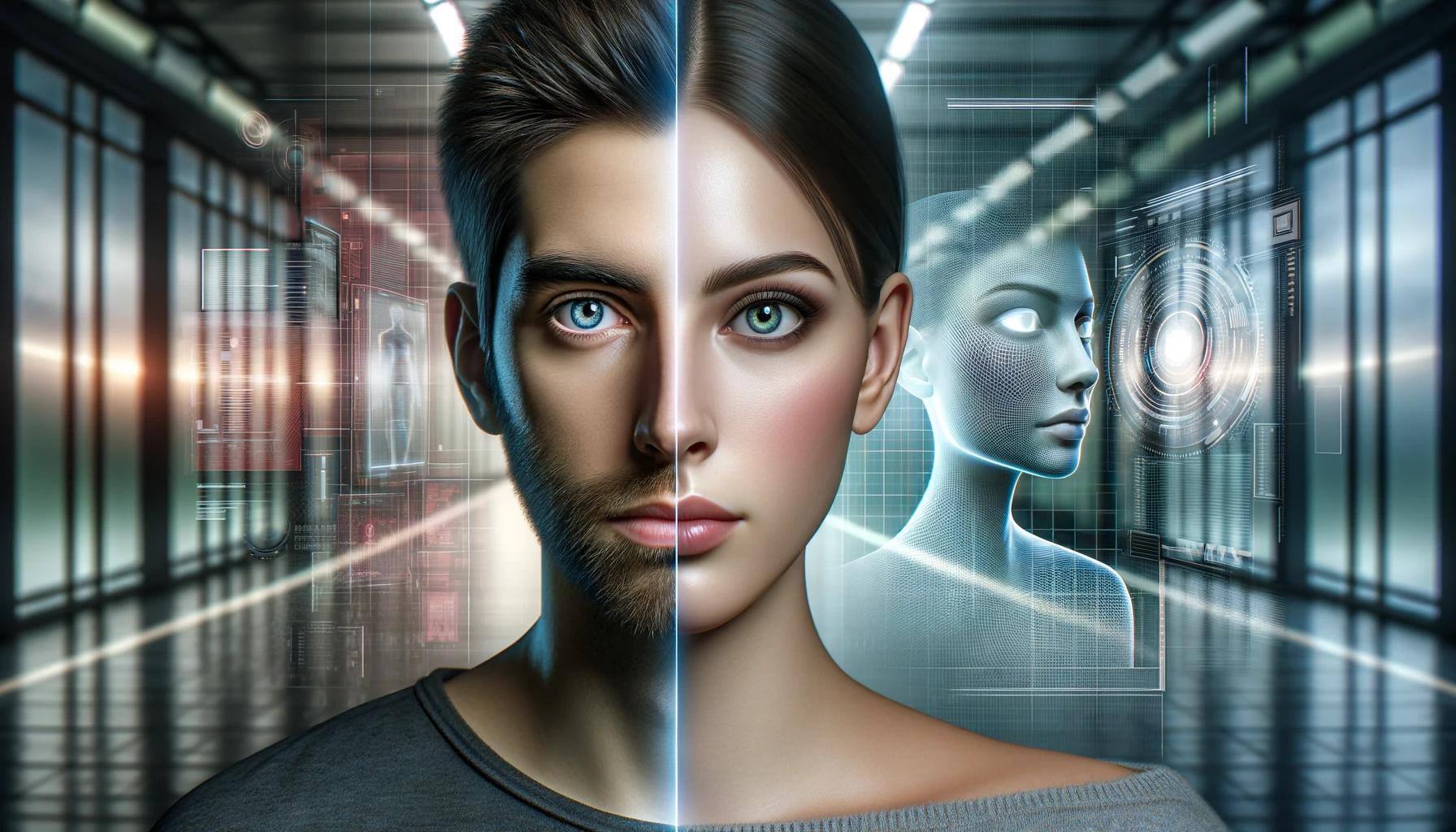Introduction
In the digital age, deepfakes are highly realistic digital manipulations created using advanced Artificial Intelligence. At present, they pose a new and alarming challenge to personal privacy. This technology, while offering exciting prospects in various fields, also poses significant risks by enabling the creation of convincing yet false representations of individuals. With adequate data, deepfakes can closely resemble real footage, encompassing both visual and auditory elements. This allows for the creation of highly realistic fake videos and audio recordings.
This blog explores the privacy implications of deepfakes, examining their potential for exploitation, and the current legal landscape. We will also discuss necessary measures, including legal reforms, technological solutions, and public awareness, to address this growing concern.
Understanding Deepfakes
Deepfakes, a portmanteau of "deep learning" and "fake," are increasingly becoming a part of our digital lexicon. But what exactly are they, and why is their rise a matter of concern, especially regarding privacy?
The Technology Behind Deepfakes
Deepfakes are created using a type of Artificial Intelligence called deep learning, particularly neural network architectures like Auto-encoders and Generative Adversarial Networks (GANs). These AI models are trained on vast amounts of data usually images or videos of a target person. The more data provided, the more accurate and lifelike the deepfake is produced.
1. Auto-encoders: These are used to encode a target's facial features and then decode them to match another person's face, maintaining the original expressions and movements.
2. Generative Adversarial Networks (GANs): This involves two models, a generator and a discriminator, working against each other. The generator creates images, while the discriminator evaluates their authenticity. Through this process, the generated images become increasingly convincing.
Impact of Deepfakes
- Challenges to Legal Systems: They pose unique challenges to legal frameworks, especially in areas of defamation, privacy rights, and intellectual property, as current laws may not be fully equipped to handle the nuances of AI-generated content.
- Privacy and Consent Violations: Deepfakes can be used to exploit individuals’ likenesses without consent, leading to privacy violations and raising ethical concerns about personal autonomy and rights.
- Advancements in AI and Countermeasures: While deepfakes showcase the advancement in AI technology, they also spur the development of detection technologies and countermeasures to distinguish real content from AI-generated fakes.
- Cyberbullying and Harassment: The use of deepfakes for personal attacks can exacerbate issues of cyberbullying and harassment, particularly affecting vulnerable groups and individuals.
- Deteriorating Interpersonal Trust: Deepfakes can erode trust not just in media but also in personal communications, as they make it harder to trust the authenticity of video calls and messages.
- Identity Theft and Fraud: Deepfakes enable the creation of highly realistic forgeries, increasing the risk of identity theft and fraud. This can be particularly problematic in financial services, legal proceedings, and personal interactions.
- Unauthorised Use in Personal Contexts: Deepfakes can be used without consent to create misleading or harmful content involving individuals in personal or professional circles, leading to personal conflicts and mistrust.
Legal Remedies
India's legal framework, including Information Technology Act, 2021 (IT Act) and Intellectual Property Right (IPR) laws, is adapting to address emerging technologies like deepfakes. However, these laws currently have limitations, with the IT Act and Digital Personal Data Protection Act, 2023 (DPDP Act) not specifically addressing the complexities of deepfakes, leading to legal ambiguities.
K.S. Puttaswamy v. Union of India judgment, through its interpretation of these constitutional articles, highlights the need to balance privacy rights with freedom of expression in the context of deepfakes, offering a framework for legal redress against their misuse:
- Article 21 (Right to Life and Personal Liberty): Affirms privacy as a fundamental right, implying that deepfakes, which compromise privacy and personal liberty, violate Article 21.
- Article 19(1)(a) (Freedom of Speech and Expression): While this article guarantees freedom of expression, the judgment necessitates balancing this freedom with the right to privacy, crucial in regulating deepfakes.
- Article 14 (Right to Equality): Ensures equal legal protection against privacy violations by deepfakes, viewing them as discriminatory and violative of equality.
- Article 19(2) (Reasonable Restrictions): Allows for reasonable limits on free speech, justifying legal actions against deepfakes that harm privacy or reputation.
Intellectual Property Rights (IPR) Laws
- Section 14: Protects rights like reproduction and adaptation, relevant for unauthorised reproductions via deepfakes.
- Section 57: Covers the moral rights of authors, including claims against distortion or modification, pertinent to deepfakes misrepresenting a person's likeness.
- Section 29: Discusses trademark infringement, which could occur if deepfakes misuse trademarked entities.
3. Information Technology Act, 2000:
- Section 66E: This section penalises the violation of privacy by capturing, publishing, or transmitting the image of a private area of any person without consent.
- Section 67: It deals with the punishment for publishing or transmitting obscene material in electronic form, which can be applicable in cases of deepfakes with explicit content.
Conclusion
To effectively tackle deepfakes in India, a multifaceted approach is essential. The DPDP Act should be amended to define deepfakes clearly and differentiate between personal and sensitive data for robust protection. Implementing the "Right to be Forgotten" from GDPR is crucial for allowing individuals to remove harmful or non-consensual deepfake content. Establish guidelines for using publicly available data and mandate social media platforms to detect and remove harmful deepfakes. Collaboration with tech companies for better detection tools, ethical AI development, and enhanced cybersecurity measures are also necessary to strengthen the framework against deepfakes.
